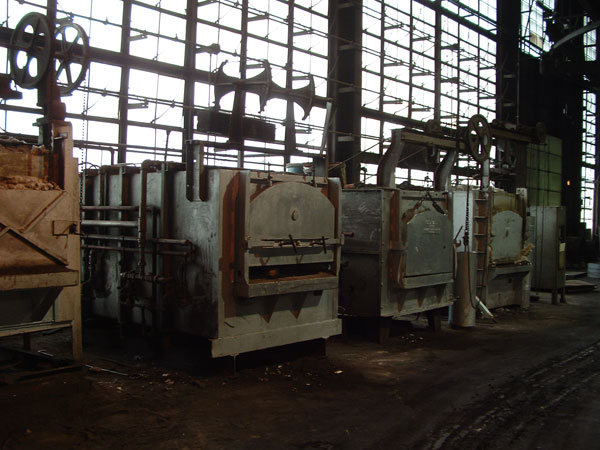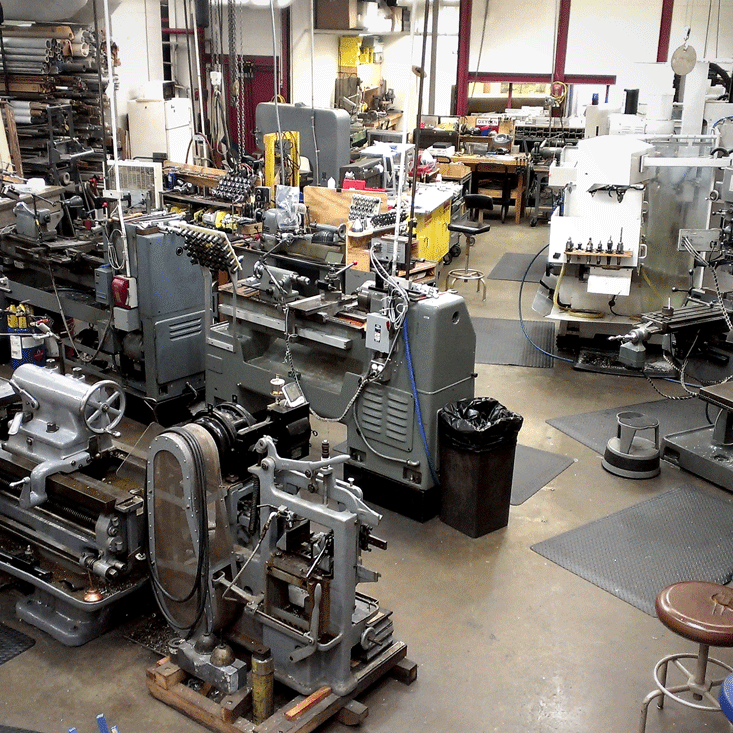Heat treating is used to optimize a given application’s mechanical and physical properties. While most people think heat treating only hardens the metal, many heat treatments soften the metal and allow operations such as deep drawing, cold forging, and machining.
When a product needs increased strength and wear resistance, hardening and tempering treatments are used. Tough steels are applied in cutting tools, where highly defined edges must be maintained, and heat treating these metals is a critical component. Heat treating can also develop hard surfaces with ductile base materials.
Heat treatment is a significant part of the forging process. Anderson Shumaker’s electronically controlled furnaces ensure the temperatures and accuracy of heat treatment, and by keeping heat treating in-house, ASCO can control the variables of both delivery and documentation.
Common heat treatment processes include:
- Annealing: This involves heating the metal to a specific temperature and then slowly cooling it. Annealing helps reduce hardness, improve machinability, and remove internal stresses.
- Quenching: After heating the metal to a critical temperature, it is rapidly cooled by immersing it in a quenching medium, such as water, oil, or air. This process increases hardness but may also introduce internal stresses.
- Tempering: This process follows quenching and involves reheating the metal to a lower temperature. Tempering reduces brittleness, improves toughness, and relieves residual stresses.
- Normalizing: Similar to annealing, normalizing involves heating the metal to a specific temperature and then allowing it to cool in still air. This process improves the uniformity of grain structure and mechanical properties.
- Hardening: This is achieved by heating the metal to a high temperature, followed by rapid quenching. Hardening increases the hardness and strength of the material.
Contact us with your heat-treating questions today!







